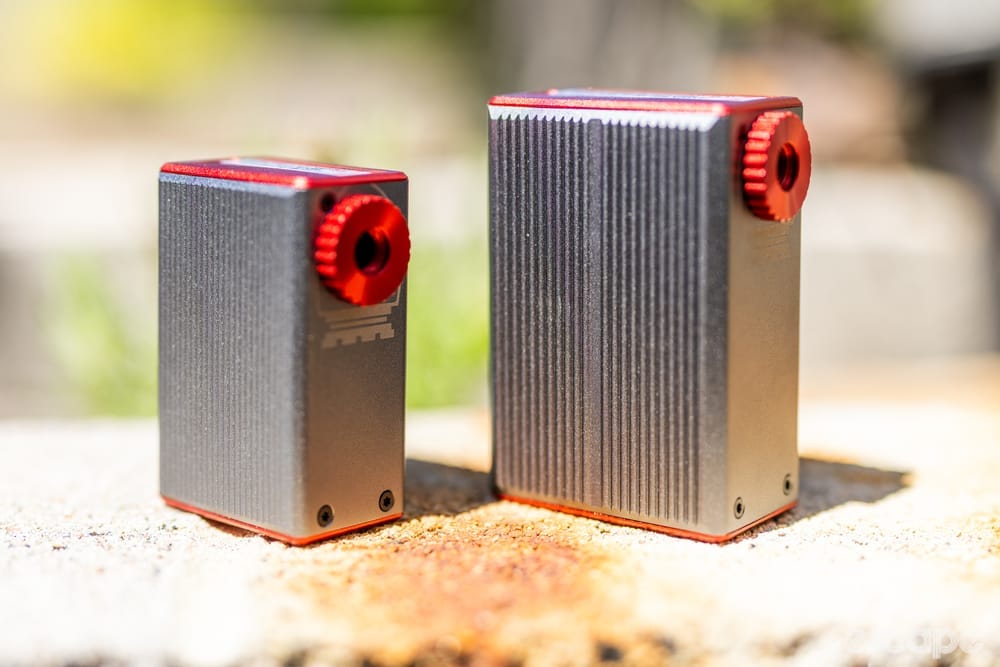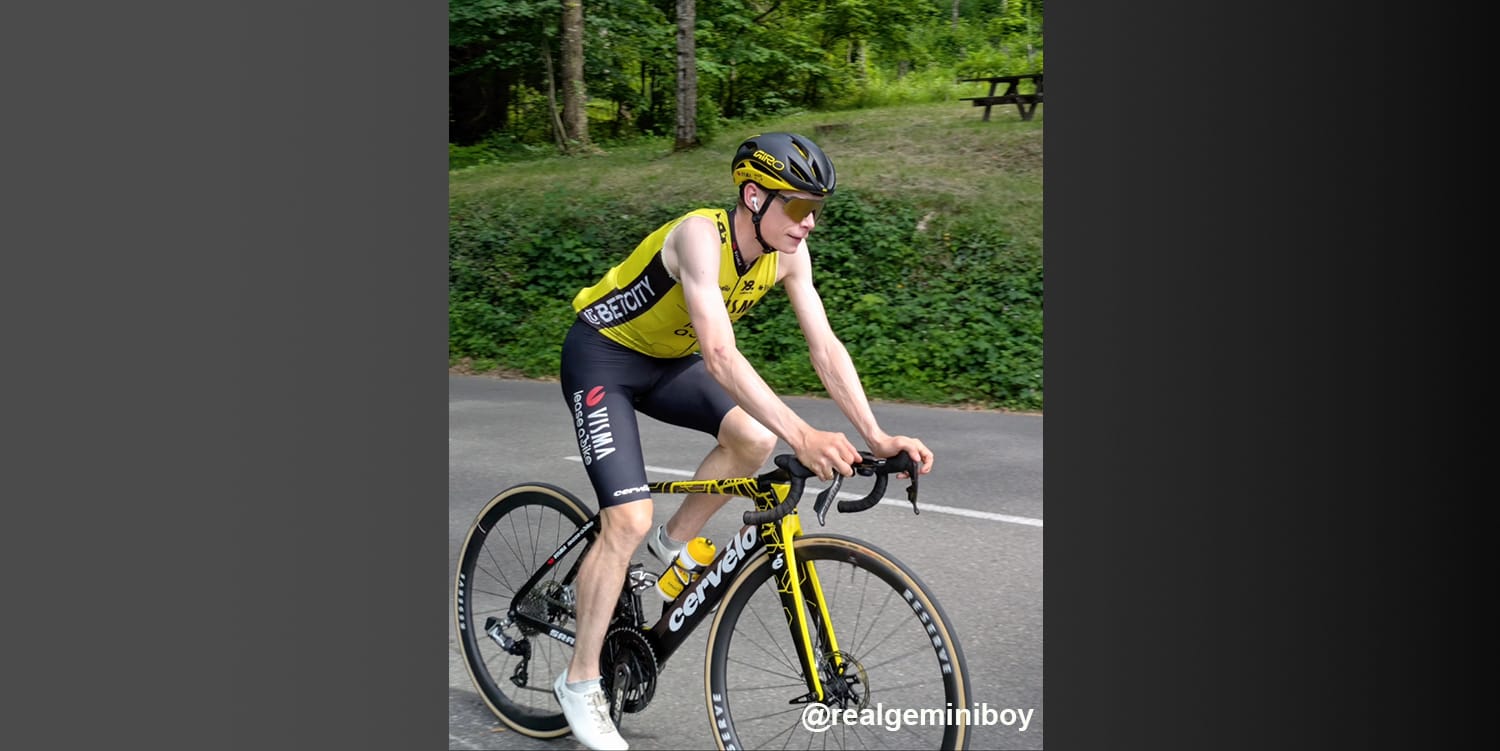There are plenty of clichés about high performance and technical development: progress never sleeps; if you're not moving forward, you're falling behind, etc. Whether or not that’s true, the prevailing assumption in cycling is that if you’re not on the latest kit, you’re already at a disadvantage.
But every so often there’s an exception to this perceived rule. Last season, that bike was the Scott Foil RC. Unveiled almost three years ago, it’s by no means new, yet Charlotte Kool and Romain Bardet both won the opening stages of the 2024 Tours de France aboard it. Pfeiffer Georgi also rode a near-stock Foil RC to third place at Paris-Roubaix Femmes. Three very different race profiles with unique demands, but the Foil RC was on the podium in all three. The bike doesn’t explain those results – but it certainly didn’t hold the riders back.
I had a Foil RC in for review back in 2022, but sent it back almost immediately as I found myself between jobs and uncomfortable storing a £9,000 bike that wasn’t mine. So when the opportunity came around again, shortly after those Tour stage wins, I took it.
Highs: Balanced, confident handling across varied terrain. Impressively smooth for an aero bike. Compliance aiding aero seat post design. Competitive weight and still fresh in aero terms.
Lows: 1" steerer limits fit options and parts compatibility. Fiddly, frustrating saddle clamp. Hookless rims restrict tyre pressure choice. No power meter on a £9,000 build.
Price: £9,000 / US$9,000 / AU$16,000 (Foil RC Pro)
Foil RC line starts at £4,900 / US$5,000 (RC 30) / AU$7,300 (RC 20)
The Foil was one of the first bikes to fully embrace the UCI’s 2020 rule change on frame design, which gave engineers the freedom to build longer, deeper, and narrower tube profiles than before. Scott took full advantage of that opportunity: a deeper, more obviously aero down tube, a deep yet narrow head tube, narrow seat tube, and aggressively profiled dropped stays – all tied together in a frame that was still impressively light for a fully aero platform.
While those new UCI rules opened the door to faster bikes, they also reopened that tricky aero : weight : ride quality can of worms. There's real risk in chasing aero gains too far, especially when they come at the expense of ride feel, simplicity, or long-term durability. In this review, I’ll dig into how Scott navigated that risk, and whether the Foil still leads the way – or whether it has been overtaken by the very trend it helped spark.
I’ve tested several bikes riffing on the same aero concepts since 2022. Some have nailed it. Others, without naming names (OK, the original Pinarello Dogma F), have felt compromised. Scott didn’t invent these aero designs, but it was one of the first to bring them together in what was then a relatively new breed of road bike: the every-stage aero bike. Not just fast, but light, comfortable, and composed.
What interests me most is the design balancing act. These tube shapes, while proven in isolation, have to be integrated into a complete system: frame, components, and rider. And that system still has to handle well, feel responsive, all at a respectable weight. That’s where the challenge lies. Get it wrong, and you end up with a bike that handles poorly, rides harshly, or gains nothing over its predecessor. Get it right, and you set a new benchmark.
Spoiler alert: I like the Foil. It has its quirks and frustration-inducing design choices, but now, as we seemingly stand on the precipice of another step change in aero bikes, I want to double up this review of the Foil RC as a look at some of the concepts, learnings, and pitfalls of the 2022-2025 generation of aero bikes.
Did we do a good job with this story?




